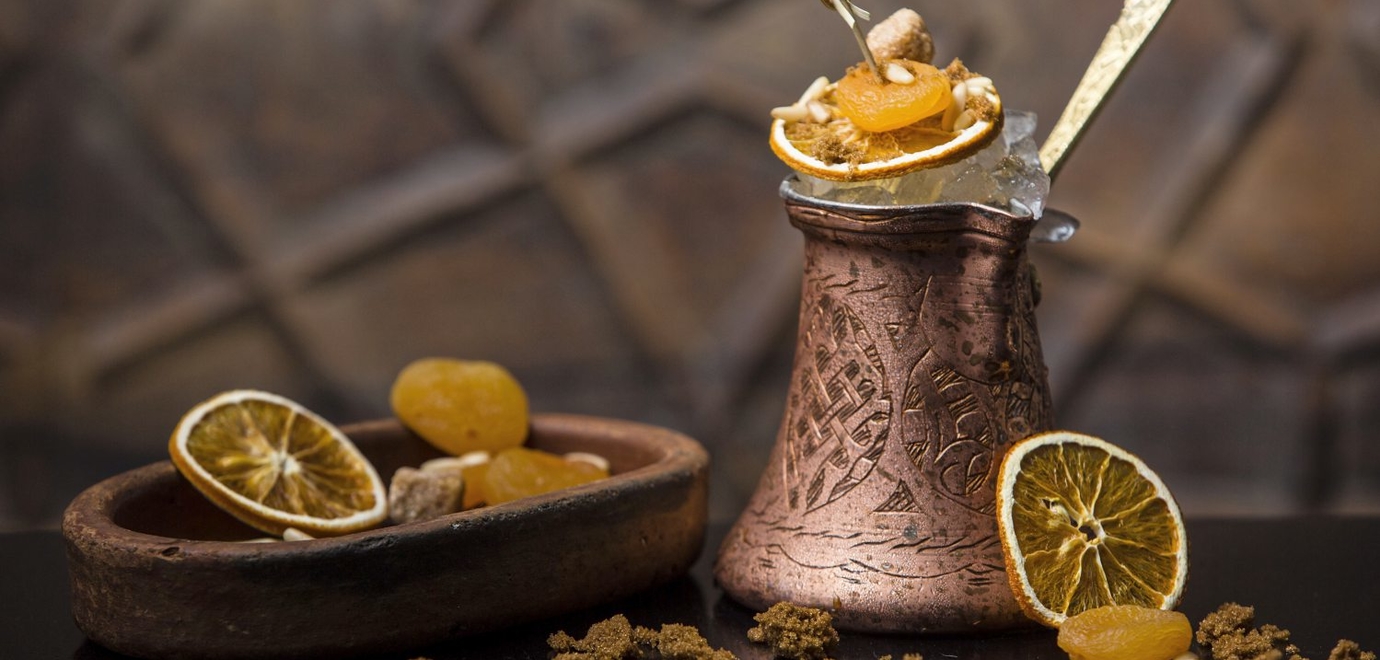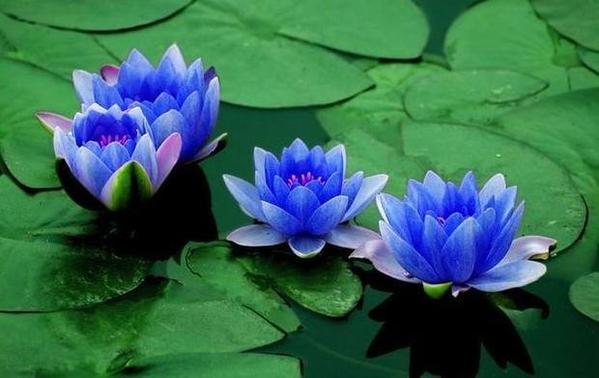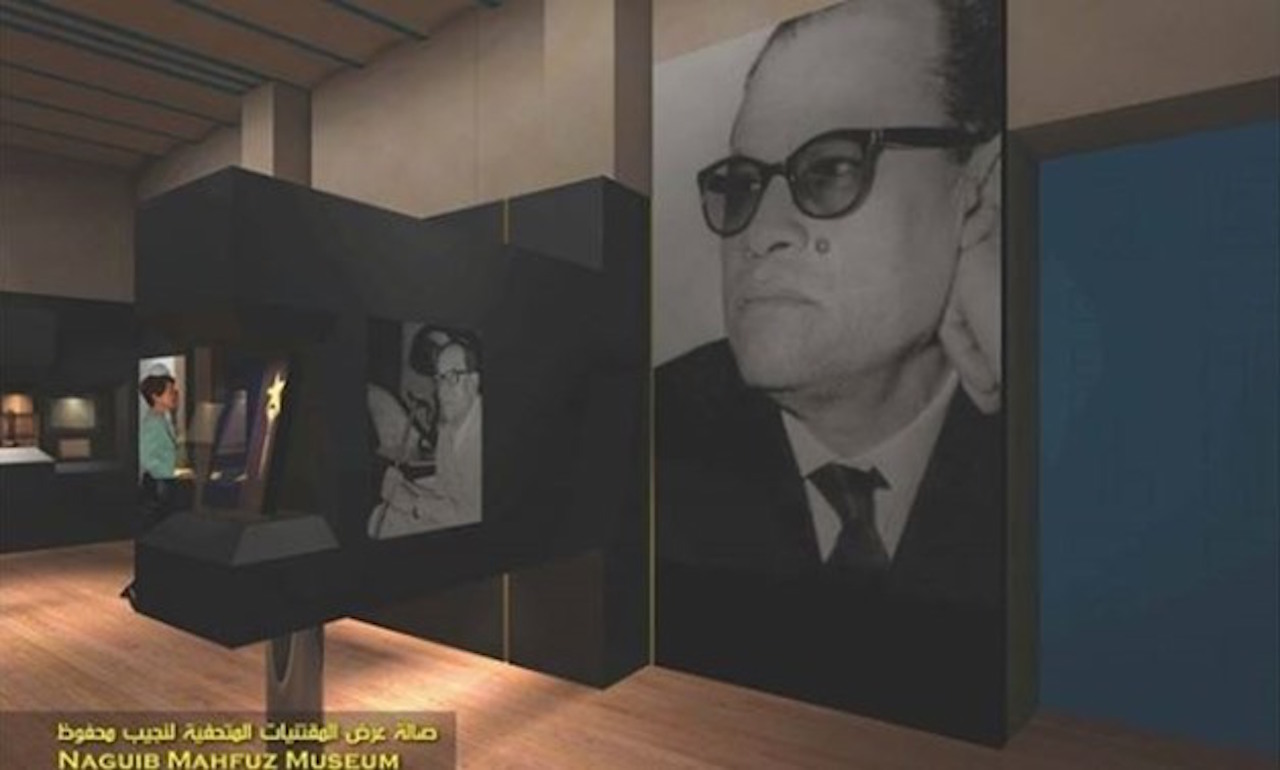At a time when the forces of globalization are rapidly threatening to sweep away traditional craftmanship and cultural heritage, how does one adopt a sustainable business model that can both protect local artisans and adapt to the realities of an international market economy? The founders of Byhand African Artisans (BYHAA) describe themselves as an Egyptian-based production company that precisely grapples with such ethical questions; they have actively taken on the challenge of reconciling the wealth and diversity of traditional African craftmanship with the constantly evolving needs and tastes of international consumers. The company’s name is meant to reflect both its focus on Africa and its artisanal nature: “We make handmade interior with African artisans,” designer Ellen, who founded and runs the company together with her husband Henrik, explains to Egyptian Streets. BYHAA works with artisans from across North and East Africa and with a whole variety of different materials such as limestone, kilim, alabaster, salt, brass, textile and wood. Their range of products includes bathroom accessories, bedding, candlesticks, furniture, lighting, rugs, tableware and pillows. Company Vision: Sustainability and Collaboration Having accumulated years of experience working in NGO-related projects, the creative…
Farrah El Dibany Becomes the First Egyptian Mezzo-soprano to Win ‘Prix Lyrique de l’AROP’
For the first time ever an Egyptian mezzo-soprano, Farrah El Dibany, has won the “Prix Lyrique de l’AROP” award for Best Female Opera Singer from the Paris Opera House. The award, which recognizes new and rising opera singers every year to help kick start their career, is presented to a male and a female opera singer. During the awards ceremony, El Dibany performed a song from the show ‘Carmen’ by Bizet, in front of an audience that contained Egyptian and French officials. Born in Alexandria, the young mezzo-soprano fell in love with classical music when she was a child as a product of being exposed to the genre at a young age. At the age of seven, El Dibany started taking piano lessons, and at 14 she began taking voice lessons with the well-known Egyptian opera singer Nevine Alouba. She then went on to join the Arts Centre of the Library of Alexandria in 2005 and then the Hanns-Eisler Academy of Music in Berlin in 2010, after her German music teacher encouraged her to pursue a career in music as an opera singer. She graduated with a bachelor’s degree in…
Egyptian Summer Refreshments: Some Popular Beverages to Quench Your Thirst
With temperatures slowly but surely creeping up every day, so is our need for liquid and hydration. Whether it be an extra gulp of water first thing in the morning, or an ice latte instead of the regular warm cappuccino after work, summers in Egypt demand rethinking our beverage preferences and quantities – and there’s certainly no lack of options. While water is still likely to be our first choice when grabbing a thirst quencher out of the fridge, many street stalls, cafés or bars around the country offer a tempting variety of alternatives: freshly squeezed or blended fruit juices, dairy-based drinks of various flavors, as well as a unique selection of beverages derived from local plants; some of which make a prominent appearance during Ramadan. Fruit Juices and Smoothies There is certainly no paucity in ‘asir (juice) options around Egypt, and flavors can be enjoyed simply on their own, blended with others or with added sugar for sweet tooth owners. Add some ice cubes so that vitamins and hydration can come in one. Classics in this category include laymoun bi-na’na (lemon and mint), bortoqan (orange), guava, mango, watermelon and…
The Lotus: Egypt’s National Flower
The history of Egypt’s national flower, the lotus flower, dates back to the ancient period, and various depictions have been found in hieroglyphics that portray both the white and blue lotus. With its natural habitat being ponds and rivers, the lotus flower has often come to be associated with purity and cleanliness. In ancient Egypt, the lotus represented rebirth. This meaning was inspired by the nature of the lotus’s petals that spread above water upon sensing sunlight and closed during the night so as for the flower to fall back under water. Sprouting from the bottom of the river, the lotus flower generally opens up its petals against the surface of water. It resembles a water-lily by revealing inside its beautiful white exterior a yellow core that hides away at night. On average, it takes three days for the flower to blossom above the river. Known for its scent, the lotus is also often found in the warm and slightly acidic water of ponds. It grows mainly in East Africa as well as in parts of Southeast Asia. As such, it is not exclusively significant to ancient Egyptians, who used…
Long-Awaited Naguib Mahfouz Museum to Open End of June
The opening of the much anticipated Naguib Mahfouz Museum is set to be held in conjunction with Egypt’s celebrations of the June 30 revolution, in the presence of veteran writer Yusuf Al-Qaid, head of the Cultural Development Fund Dr. Fathi Abdel Wahab as well as head of the Civil Coordination Authority Mohammed Abu Saada. Egypt’s Minister of Culture Inas Abdel Dayem inspected the Naguib Mahfouz Museum this week at the Tkeit Abu el-Dahab building in Al-Azhar district in preparation for its opening. Abdel Dayem stated that what has been achieved is a source of pride for all Egyptians, as it embodies the nation’s belief in preserving its soft power through recognizing its prominent writers throughout history. The Naguib Mahfouz Museum consists of two floors. The first hosts halls for seminars, a visual/sound library, a public library and a library for critical research, including the most important studies conducted on the work of Naguib Mahfouz. The second floor includes certificates obtained by the late writer and his personal belongings, such as clothing, glasses, pens, papers and letters, with some papers written in his own handwriting. The same floor also comprises the…
Taking a Closer Look at African Artists at the Cairo Biennale 2019
Only eight African countries have national pavilions at the 2019 Venice Biennale. At this year’s Cairo International Fine Art Biennale (Cairo Biennale) we have ten, including Algeria, Burkina Faso, Cameroon, Cote d’Ivoire, Morocco, Nigeria, Senegal, Tunisia, Uganda, and Zimbabwe. Having said so, black and African artists still face many challenges, despite a recently surging global interest in African art. It is not always easy to fund African artists’ participation in exhibitions outside of their continent. Finance is one issue, but political instability in some countries leading to prolonged power struggles that affect the normal functioning of cultural agencies is another. Against this backdrop, Cairo has the unique advantage of its geographical proximity, prevailing artisanal traditions, the relative depth of its art industry as well as the willingness of cultural professionals and institutions to support one of the oldest biennales in Africa and the Middle East. The recent focus of the media and market on art created by black and African artists comes as a result of decades of patient advocacy and persistent hard work by generations of thought leaders and publishers, including Okwui Enwezor and Simon Njami (Revue Noire). Egypt’s…
Sushi: The Japanese Dish That Has Taken Egypt by Storm
Since 18 June marks International Sushi Day, and sushi is no stranger to Egypt, it is timely to introduce this Japanese dish that has travelled almost 10 thousand kilometers from its home to Egypt only to become on of the most popular dishes in the country. Contrary to the popular belief that sushi originated in Japan, the earliest form of sushi was known as “narezushi” and is said to have been created in Southeast Asia in the second century somewhere around the Mekong River, before migrating to Japan in the eighth century. It used to come in the form of fermented fish wrapped in sour rice. The literal definition of sushi is “tasting sour”. The dish is served as a way to preserve fish and make it last longer. Interestingly, in contrast to the modern way of eating sushi, the fermented rice used simply to serve the preservation process before it was pealed off so that people could consume the fish. Later, vinegar was introduced into the process, before replacing fermentation. Contemporary sushi as we now know it was first prepared by a Japanese man named Hanaya Yohei in what…
A Selection of Egypt’s Most Popular Summer Music Festivals Worth Attending
Summer has definitely hit Egypt, and locals and tourists alike are gearing up for long weekend escapes to the beach or other fun activities away from work and everyday life. Music festivals are amongst the most popular celebratory events held during the summer months across the globe. Over time, they have grown in abundance and become increasingly diverse in content, location and audience; tailored to suit a wide range of music tastes, their common denominator continues to be pure fun and enjoyment. Back in ancient Egypt and later in Greece, festivals frequently took place in the form of athletic or musical contests. In modern times, music festivals have mostly become commercially driven, often serving the purpose of attracting a large number of visitors to a variety of popular and undiscovered locations. At the same time there are many alternative, smaller and more intimate festivals that pop up every year, presenting fresh talent or local and more traditional music. Festival Flashback and Preview for Techno Lovers Sandbox (13-15 June) Last weekend, from 13-15 June, the Red Sea resort El Gouna hosted Egypt’s largest annual Electronic Music Festival Sandbox. For three consecutive…
Who Was Mohamed Morsi? A Timeline of His Rise and Fall
Mohamed Morsi, who died in a courtroom aged 67 on Monday, served as the fifth President of Egypt in 2012, before he was ousted following mass protests against his rule a year late in July 2013. Morsi was born in the Sharqiya Governorate in northern Egypt on 8 August 1951, and in the late 1960s, he moved to Cairo to study at Cairo University where he earned a degree in engineering with high honors in 1975. He fulfilled his military service in the Egyptian Army from 1975 to 1976, before earning a government scholarship to study in the United States in pursuance of a PhD in material science from the University of Southern California in 1982. As an expert on metal surfaces, Morsi also reportedly worked with NASA in the early 1980s and helped develop Space Shuttle engines, though the extent of his work with NASA is unclear. Life in Politics Since the 1970s, Morsi has been a loyal member of the Muslim Brotherhood organization and he paved the way for the group to be more visible in Egypt’s government after he was independently elected to parliament in 2000. On…









